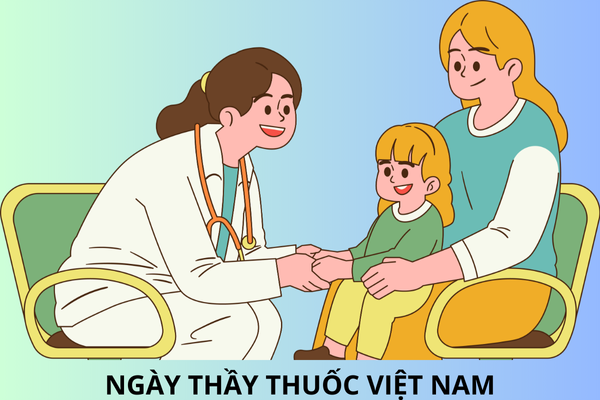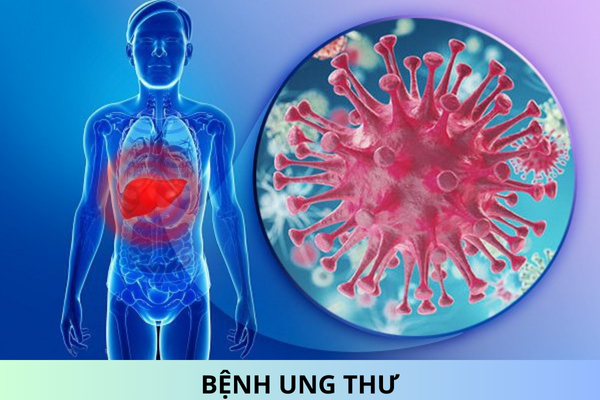What are suggested symptoms regarding the diagnosis of anaphylaxis in Vietnam?
What are suggested symptoms regarding the diagnosis of anaphylaxis in Vietnam? What are regulations on the clinical manifestations of anaphylaxis in Vietnam? What are regulations on the differential diagnosis of anaphylaxis in Vietnam? What are regulations on the levels of anaphylaxis in Vietnam?
Thank you!
What are suggested symptoms regarding the diagnosis of anaphylaxis in Vietnam?
Pursuant to Subsection 1, Section I, Annex I of the Guidelines for diagnosis of anaphylaxis issued together with Circular 51/2017/TT-BYT stipulating suggested symptoms regarding the diagnosis of anaphylaxis in Vietnam as follows:
1. Suggested Symptoms
Consider anaphylaxis when at least one of the following symptoms is present:
a) Urticaria, rapid angioedema.
b) Shortness of breath, chest tightness, wheezing.
c) Abdominal pain or vomiting.
d) Hypotension or fainting.
e) Consciousness disorder.
What are regulations on the clinical manifestations of anaphylaxis in Vietnam?
Pursuant to Subsection 2, Section I, Annex I of the Guidelines for diagnosis of anaphylaxis issued together with Circular 51/2017/TT-BYT stipulating the clinical manifestations of anaphylaxis in Vietnam as follows:
1. Clinical picture 1: Symptoms appear within seconds to several hours in the skin and mucous membranes (urticaria, angioedema, pruritus...) and have at least 1 of the following 2 symptoms:
a) Respiratory symptoms (difficulty breathing, stridor, rales).
b) Hypotension (BP) or consequences of hypotension (disordered consciousness, defecation, urinary incontinence...).
2. Clinical picture 2: At least 2 of the following 4 symptoms appear within seconds to hours after the patient is exposed to the suspected element:
a) Manifestations in skin and mucous membranes: urticaria, angioedema, itching.
b) Respiratory symptoms (dyspnea, stridor, rales).
c) Hypotension or consequences of hypotension (disordered consciousness, defecation, urinary incontinence, etc.).
d) Gastrointestinal symptoms (vomiting, abdominal pain...).
3. Clinical picture 3: A drop in blood pressure occurs within seconds to hours after exposure to a suspected element to which the patient has been allergic:
a) Children: at least 30% decrease in systolic blood pressure (maximum blood pressure) or decrease in systolic blood pressure for age (systolic blood pressure < 70 mmHg).
b) Adults: Systolic blood pressure
What are regulations on the differential diagnosis of anaphylaxis in Vietnam?
Pursuant to Section II, Annex I of the Guidelines for diagnosis of anaphylaxis issued together with Circular 51/2017/TT-BYT stipulating the differential diagnosis of anaphylaxis in Vietnam as follows:
1. Cases of shock: cardiogenic shock, hypovolemic shock, septic shock.
2. Cerebrovascular accident.
3. Respiratory causes: COPD, bronchial asthma, laryngeal dyspnea (foreign body, inflammation).
4. Skin diseases: urticaria, angioedema.
5. Endocrine diseases: thyroid storm, carcinoid syndrome, hypoglycemia.
6. Poisonings: alcohol, opiates, histamine.
What are regulations on the levels of anaphylaxis in Vietnam?
Pursuant to Annex II of the Guidelines for diagnosis of anaphylaxis issued together with Circular 51/2017/TT-BYT stipulating the levels of anaphylaxis in Vietnam as follows:
Anaphylaxis is classified into 4 levels as follows:
(Note: anaphylaxis can worsen rapidly and not in a sequential manner)
1. Mild (level I): Only skin, subcutaneous and mucosal symptoms such as urticaria, pruritus, angioedema.
2. Severe (level II): from 2 manifestations in many organs:
a) Urticaria, angioedema appear rapidly.
b) Shortness of breath, chest tightness, hoarseness, runny nose.
c) Abdominal pain, vomiting, diarrhea.
d) Blood pressure has not dropped or increased, tachycardia or arrhythmia.
3. Critical (level III): manifest in multiple organs with more severe severity as follows:
a) Airway: laryngeal stridor, laryngeal edema.
b) Breathing: rapid breathing, wheezing, cyanosis, irregular breathing.
c) Consciousness disorders: malaise, coma, convulsions, circular muscle disorders.
d) Circulatory: shock, small rapid pulse, drop in blood pressure.
4. Circulatory arrest (level IV): Expression of respiratory arrest, circulatory arrest./.
Best regards!











